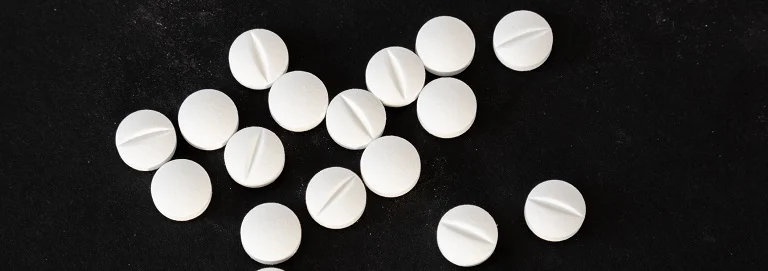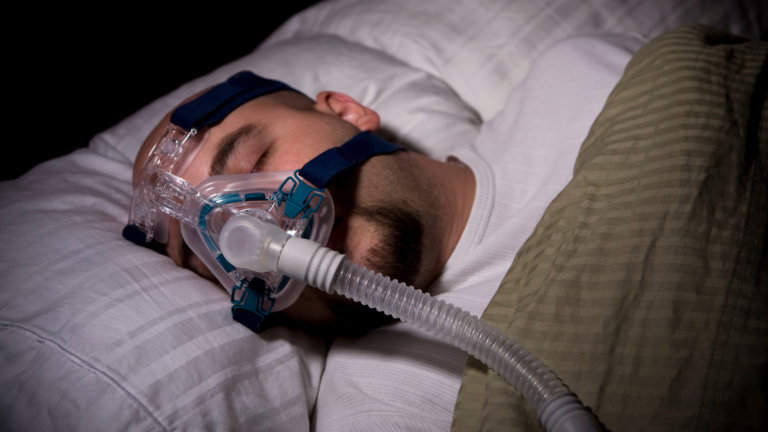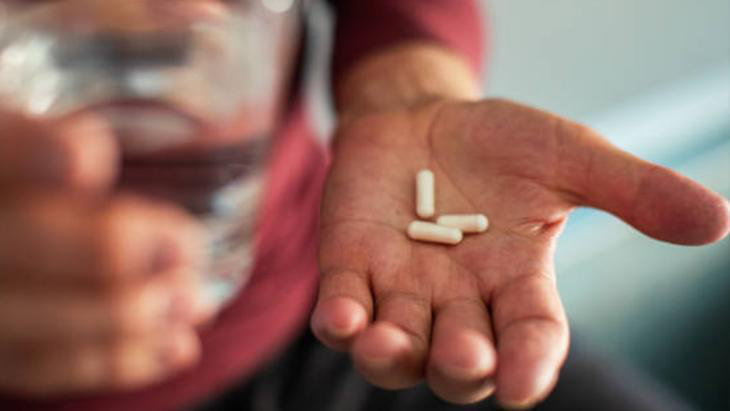Optimizing Modafinil Dosage for ADHD, Studying, Depression, and Microdosing: What You Need to Know
Modafinil is a wakefulness-promoting medication originally developed for sleep disorders such as narcolepsy, obstructive sleep apnea, and shift work sleep disorder. Over time, its use has expanded off-label to include ADHD management, cognitive enhancement for studying, adjunct therapy for depression, and microdosing for subtle cognitive effects. Understanding the appropriate dosages for these varied applications is crucial to maximize benefits while minimizing risks.
Standard Dosage for Sleep Disorders
For narcolepsy, obstructive sleep apnea, and shift work sleep disorder, the typical dosage of modafinil is 100 to 200 mg once daily. Patients with narcolepsy or sleep apnea generally take it in the morning, while those with shift work disorder take it about one hour before their shift (FDA, 2015).
Modafinil for ADHD
Though not FDA-approved for ADHD, modafinil is prescribed off-label. Clinical evidence suggests starting at 100 mg daily and titrating up to 200–400 mg can improve attention and reduce hyperactivity symptoms. Due to individual variability and limited formal approval, close medical monitoring is advised (McClellan & Spencer, 1998).
Cognitive Enhancement and Studying
Users seeking enhanced focus during studying commonly take 100–200 mg doses of modafinil. While research shows improvements in wakefulness and cognitive performance, this off-label use carries risks and lacks robust safety data. Caution and medical consultation are recommended before use (Wong et al., 1999).
Modafinil in Depression
Modafinil may be used adjunctively in depression to alleviate fatigue and enhance mood, typically at doses between 100 and 200 mg daily. Some cases may require up to 400 mg, but this should only be done under careful medical supervision because of potential psychiatric side effects (Greenblatt & Adams, 2023).
Microdosing Modafinil
Microdosing involves taking around 50 mg of modafinil to achieve subtle improvements in alertness and focus without the stronger stimulation or side effects seen with standard doses. This approach is primarily anecdotal, with limited clinical research supporting its safety and efficacy (Besset et al., 1993).
Pharmacokinetics and Safety
Modafinil is well absorbed, reaching peak plasma concentration in 2 to 3 hours, and has a half-life of approximately 10 to 15 hours (Wong et al., 1999). The maximum tolerated dose in healthy volunteers is around 600 mg daily, with higher doses increasing risks such as elevated blood pressure and heart rate (Wong et al., 1999).
Common side effects include headache, nausea, anxiety, and insomnia. Rare but serious adverse effects, including severe skin reactions and psychiatric symptoms, require immediate medical attention and discontinuation of the drug (FDA, 2015).
Conclusion
Modafinil dosing varies significantly depending on the intended use. While standardized doses exist for sleep disorders, off-label uses such as ADHD, studying, depression, and microdosing require individualized approaches and medical oversight. Staying informed about the drug’s pharmacology, risks, and appropriate dosing ensures safer and more effective outcomes.
References
- Besset, A., Tafti, M., Villemin, E., & Billiard, M. (1993). Effets du modafinil (300 mg) sur le sommeil, la somnolence et la vigilance du narcoleptique [The effects of modafinil (300mg) on sleep, sleepiness and arousal in narcoleptic patients]. Neurophysiologie Clinique, 23(1), 47–60. https://doi.org/10.1016/s0987-7053(05)80282-5
- Greenblatt, K., & Adams, N. (2023, February 6). Modafinil. In StatPearls [Internet]. StatPearls Publishing. https://www.ncbi.nlm.nih.gov/books/NBK531476/
- McClellan, K. J., & Spencer, C. M. (1998). Modafinil: A review of its pharmacology and clinical efficacy in the management of narcolepsy. CNS Drugs, 9(4), 311–324. https://doi.org/10.2165/00023210-199809040-00006
- Schwartz, J. R., Feldman, N. T., Bogan, R. K., Nelson, M. T., & Hughes, R. J. (2003). Dosing regimen effects of modafinil for improving daytime wakefulness in patients with narcolepsy. Clinical Neuropharmacology, 26(5), 252–257. https://doi.org/10.1097/00002826-200309000-00009
- U.S. Food and Drug Administration. (2015). PROVIGIL® (modafinil) tablets, for oral use, C-IV [prescribing information]. U.S. Department of Health and Human Services. https://www.accessdata.fda.gov/drugsatfda_docs/label/2015/020717s037s038lbl.pdf
- Wong, Y. N., Simcoe, D., Hartman, L. N., Laughton, W. B., King, S. P., McCormick, G. C., & Grebow, P. E. (1999). A double-blind, placebo-controlled, ascending-dose evaluation of the pharmacokinetics and tolerability of modafinil tablets in healthy male volunteers. Journal of Clinical Pharmacology, 39(1), 30–40. https://doi.org/10.1177/00912709922007534








